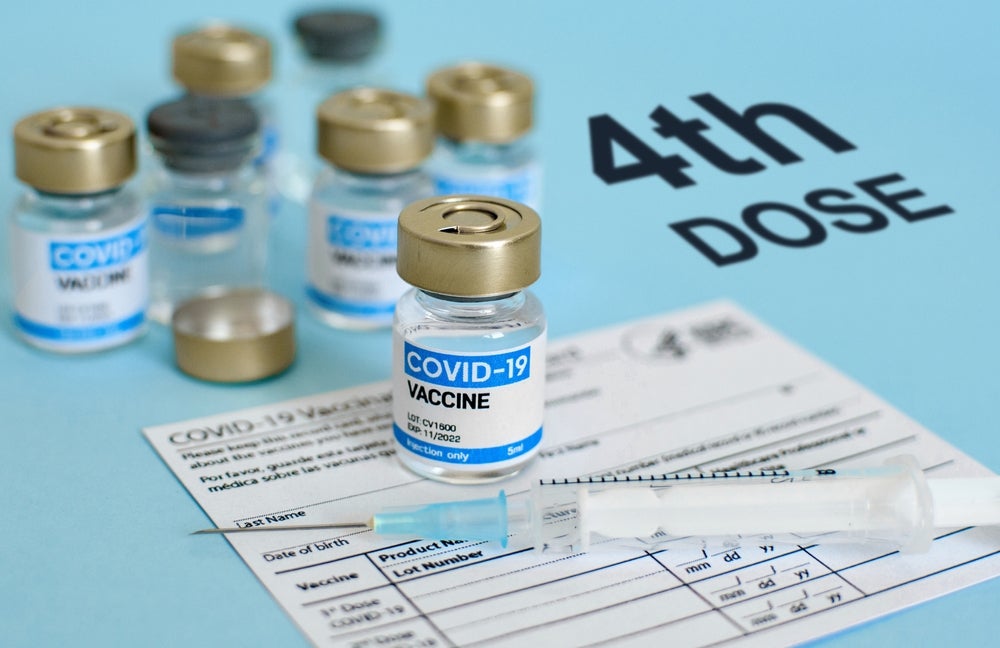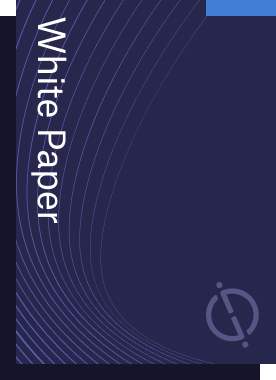
The yearly strain collection process for influenza could provide some guidance to tackle the waning efficacies of Covid-19 vaccines in the face of emerging strains and variants, as per a recent regulatory panel.
According to Peter Marks, director of the Center for Biologics Evaluation and Research (CBER), SARS-CoV-2 is expected to continue to circulate and possibly cause future waves of increased infection, even if there is a current decline in Covid-19 cases in the US. The following Fall/Winter season is of major concern due to the waning immunity of the population, particularly in unvaccinated individuals with acquired immunity from prior infection and in individuals with primary vaccination who did not receive a booster shot.
How well do you really know your competitors?
Access the most comprehensive Company Profiles on the market, powered by GlobalData. Save hours of research. Gain competitive edge.

Thank you!
Your download email will arrive shortly
Not ready to buy yet? Download a free sample
We are confident about the unique quality of our Company Profiles. However, we want you to make the most beneficial decision for your business, so we offer a free sample that you can download by submitting the below form
By GlobalDataIf the composition of the Covid-19 vaccines were to be updated to keep up with the emerging strains, decisions need to be made to ensure the production of sufficient stock of vaccines for future waves of the pandemic. And this update of Covid-19 vaccines should ideally become a well-defined, timely, standardized process, similar to the process for influenza vaccines, as per discussions emerging from a Vaccines and Related Biological Products Advisory Committee (VRBPAC) meeting held on 6 April.
Preparing for the coming months
At the virtual meeting, panel members from federal agencies such as the US Food and Drug Administration (FDA) and the Centers for Disease Control and Prevention (CDC) outlined the possible factors influencing the decision-making process for additional booster doses, the modification of vaccine compositions due to emerging strains and variants, as well as the manufacturing capabilities and processes.
As part of the meeting, Robert Johnson, Deputy Assistant Secretary Director, Medical Countermeasure Programs Biomedical Advanced Research and Development Authority (BARDA), presented the annual strain collection process for influenza as well as the timelines implemented to ensure enough product is available to meet the influenza vaccine demands in the Fall/ Winter season. This yearly strain vaccine collection process for influenza could potentially be applied to the decision-making process for Covid-19 vaccines to reach similar outcomes, even though influenza and SARS-CoV-2 are inherently different viruses.
Influenza’s annual strain selection for vaccine composition includes the steps of surveillance, strain selection, seed production, clinical and non-clinical training, bulk production and finally distribution. In the case of Covid-19, due to the inexperience in producing vaccines and the unpredictable nature of the virus, Johnson stated that decision-making should be held off as long as possible to monitor and discuss events that occurred in the course of the year. However, strain selection and seed characterization must occur in time to allow for manufacturers to produce enough vaccines and regulatory and manufacturing processes must be in sync for a successful vaccine update.
As part of the influenza vaccine’s strain selection process, manufacturing usually begins in August, prior to peak time vaccine uptake to ensure sufficient production of stock. However, the uptake of the influenza vaccine is more gradual compared to Covid-19 vaccine uptake, as global demand is much higher. According to Johnson, there is a 4–6-week difference in peak vaccination times between vaccines for influenza and Covid-19. Also, there are differences in levels of experience in use of Covid-19 platforms, manufacturing yields and production capacities between the two. Still, the strain selection of influenza can provide useful guidelines to characterize a process for updating Covid-19 vaccines.
An interesting presentation at the VRBPAC meeting involved Israel’s proactive initiative in implementing a recommendation for a second booster dose in individuals over 60 years of age and medical staff whose third vaccine dose was administered over four months ago. However, a recommendation for a fourth dose in the US will pose a challenge for the eligibility of previously unvaccinated individuals. Also in terms of future vaccines with modified compositions, it remains to be seen whether previously unvaccinated population also need to receive the prototype vaccine.
The unpredictable evolution of SARS-CoV-2 virus
Since the beginning of the pandemic, SARS-CoV-2 has been continuously evolving adaptive mechanisms and has developed new variants that render the virus more transmissible, infectious or less/more pathogenic and distinct from previous strains. This excess of observed mutations in the Spike S1 region of SARS-CoV-2 is remarkably fast relative to the evolution of seasonal influenza in terms of population dynamics, according to Trevor Bedford, Professor at Fred Hutchinson Cancer Research Center. Specifically, data supports that in the course of two years since the start of the pandemic, the virus has already accomplished about five years of equivalent influenza H3N2 evolution. Even though, the SARS-CoV-2 mutational patterns may stabilize, Bedford said the virus will continue to further evolve in response to selective pressures. Still predictive models indicate that an Omicron-like emergence event with high attack rates is not likely to occur again in the near future, and evolution within the Omicron BA.2 lineage will likely be observed with lower infection rates that are subject to seasonality and waning of the population’s immunity.
The alignment of monovalent vaccines to more specific strains could improve effectiveness against that specific variant but may also limit breadth of coverage and effectiveness against future emerging variants, since there is no guarantee that every emerging variant will be the next dominant emerging variant globally. Hence, a pivot to multivalent vaccines may be warranted if they can provide a long-range approach to sustained immunity and if there is sufficient epidemiological data supporting the need for better-matched vaccines and clinical data suggesting significantly better outcomes.
The agencies now plan to have another meeting, in early Summer which is expected to provide more insight and specific level of detail for recommendations in vaccine composition.







